Free Islam Image Generator
Just imagine, and we'll instantly return a variety of personalized Islam images—designed to bring your creativity to life!
- 4:3
- 3:4
- 1:1

image.state.default
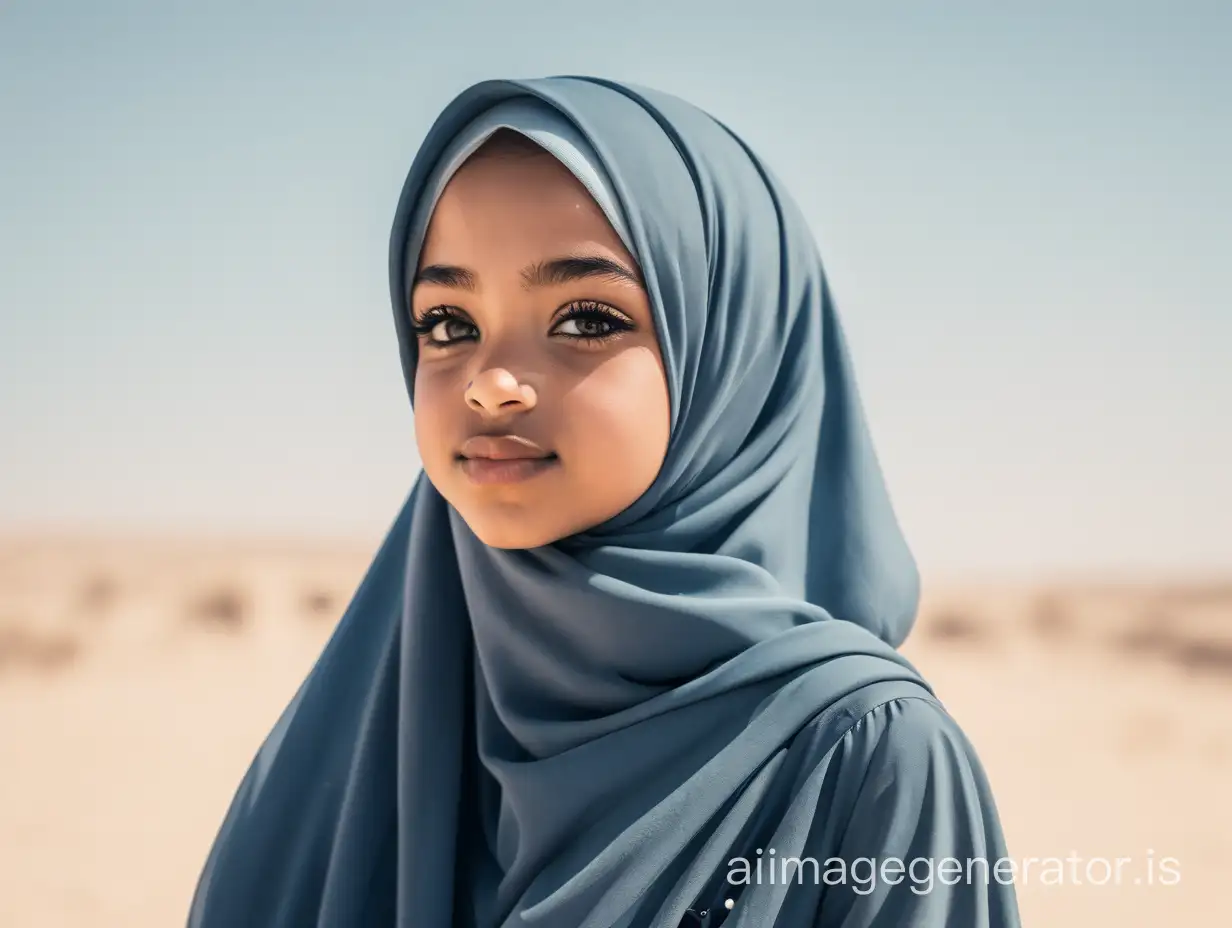

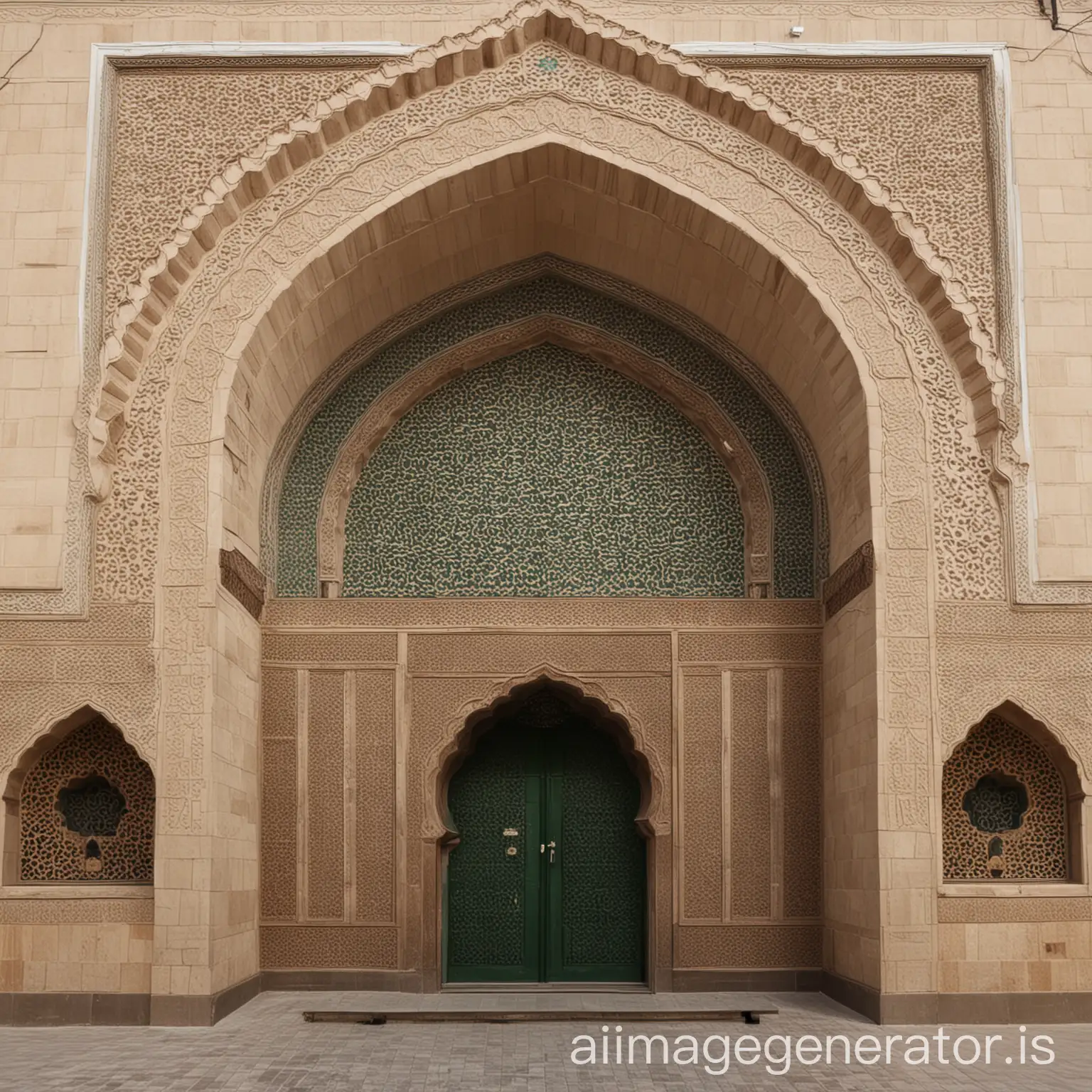
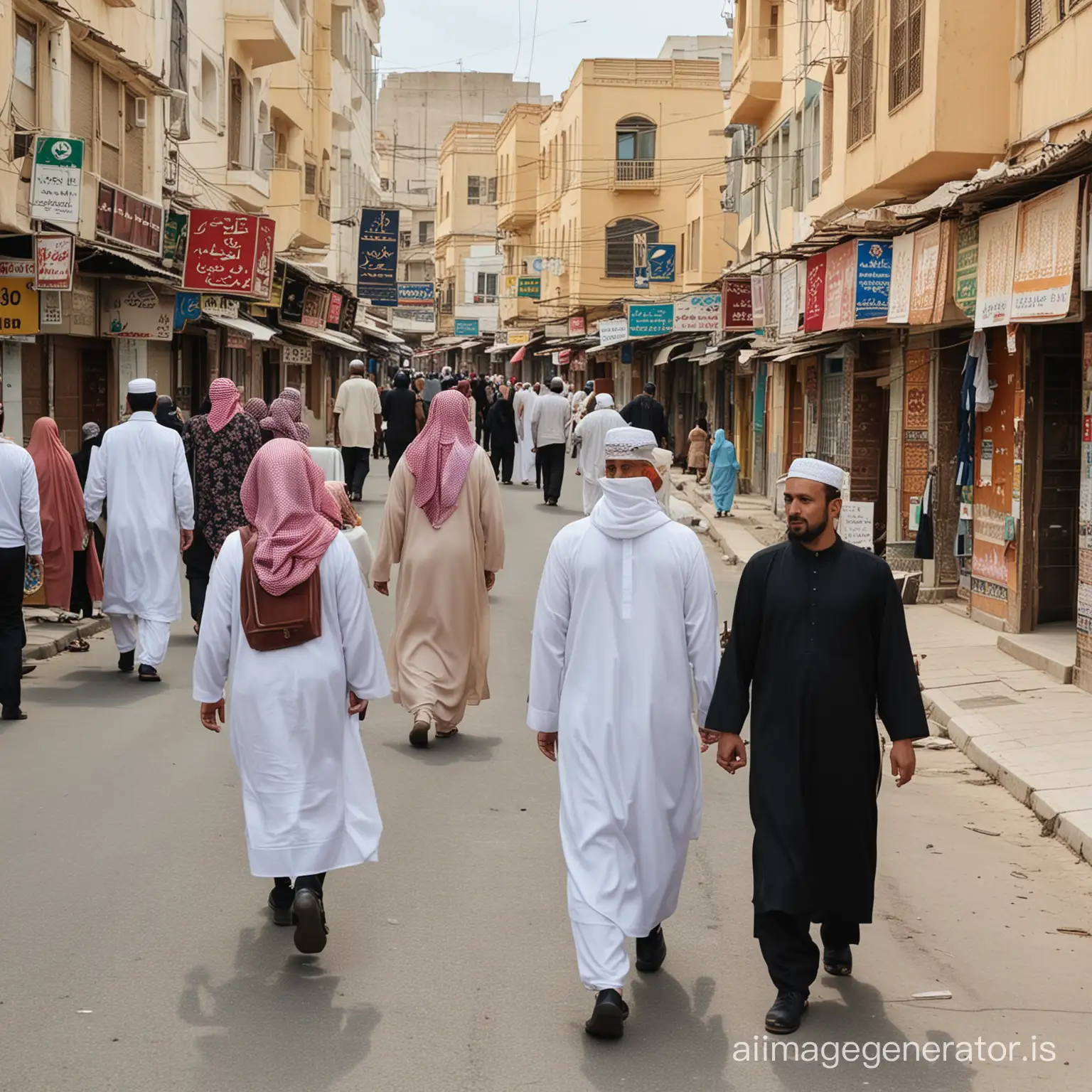
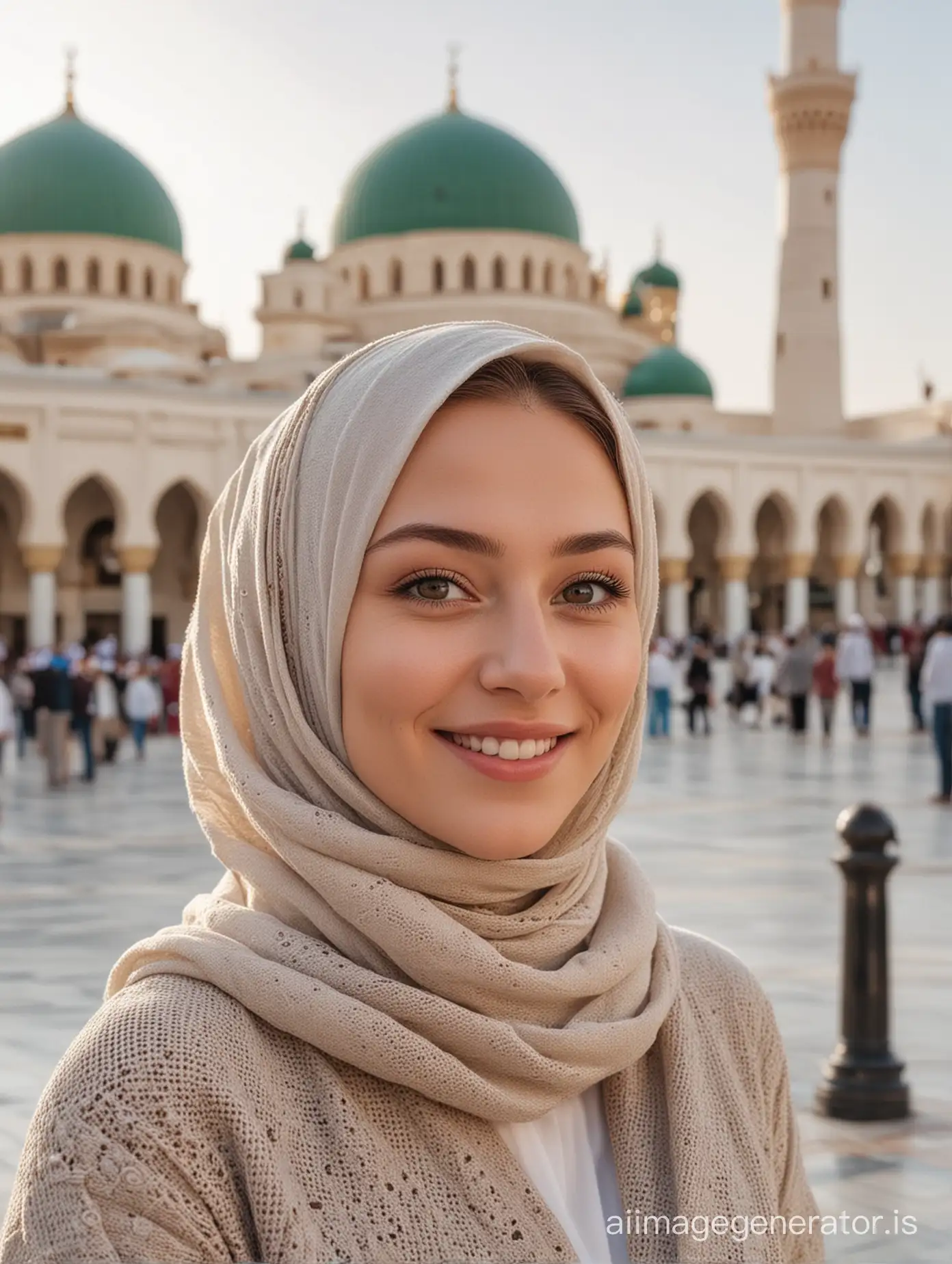
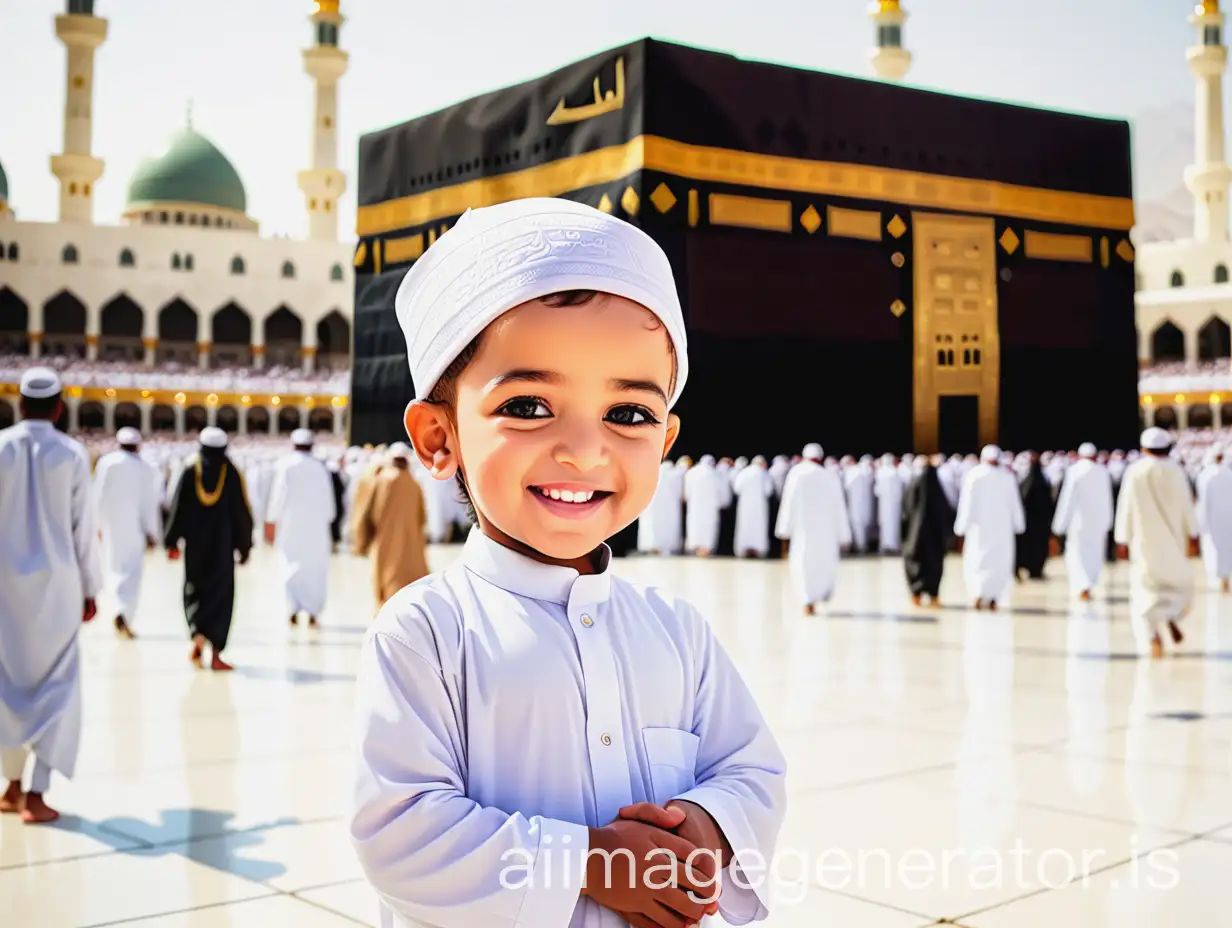
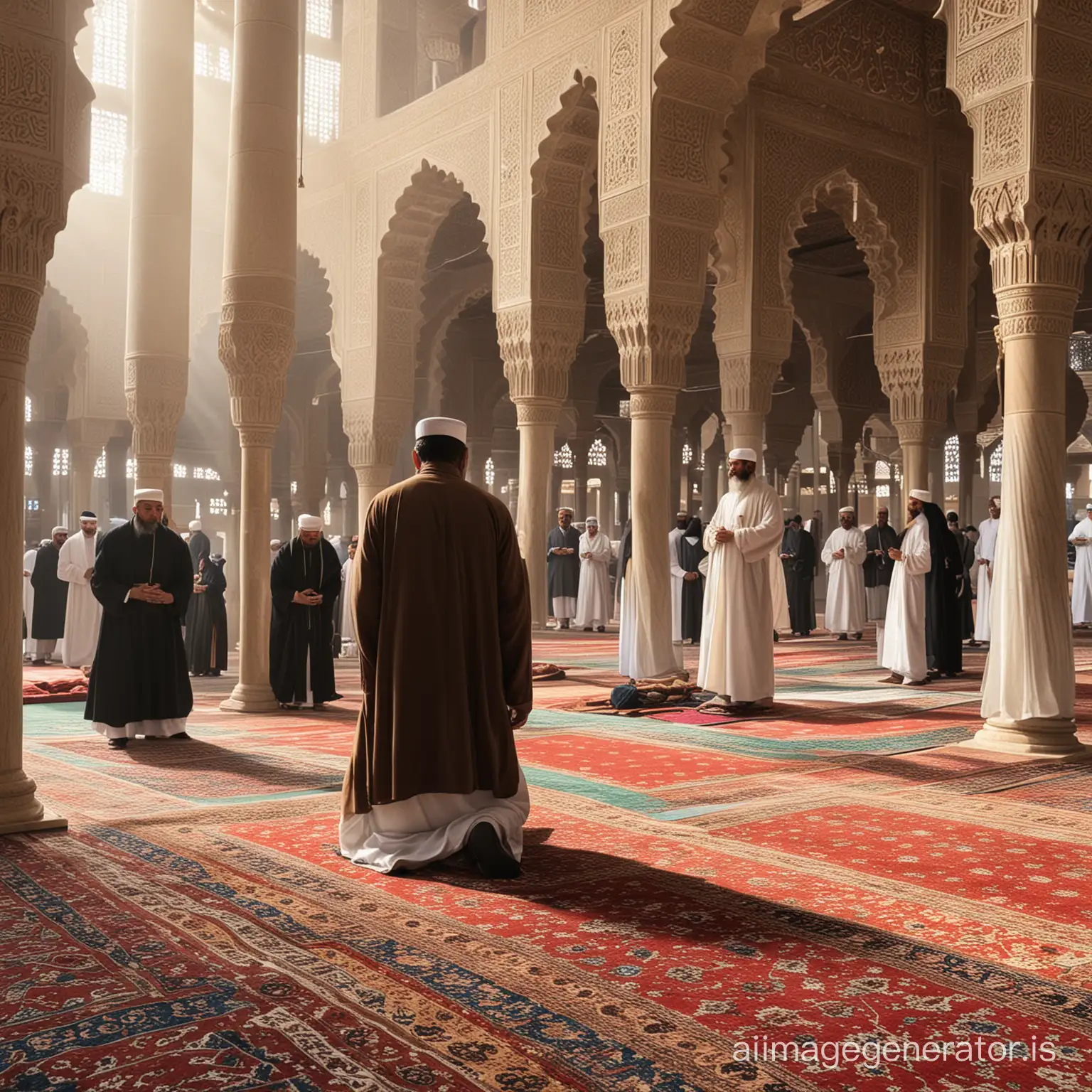

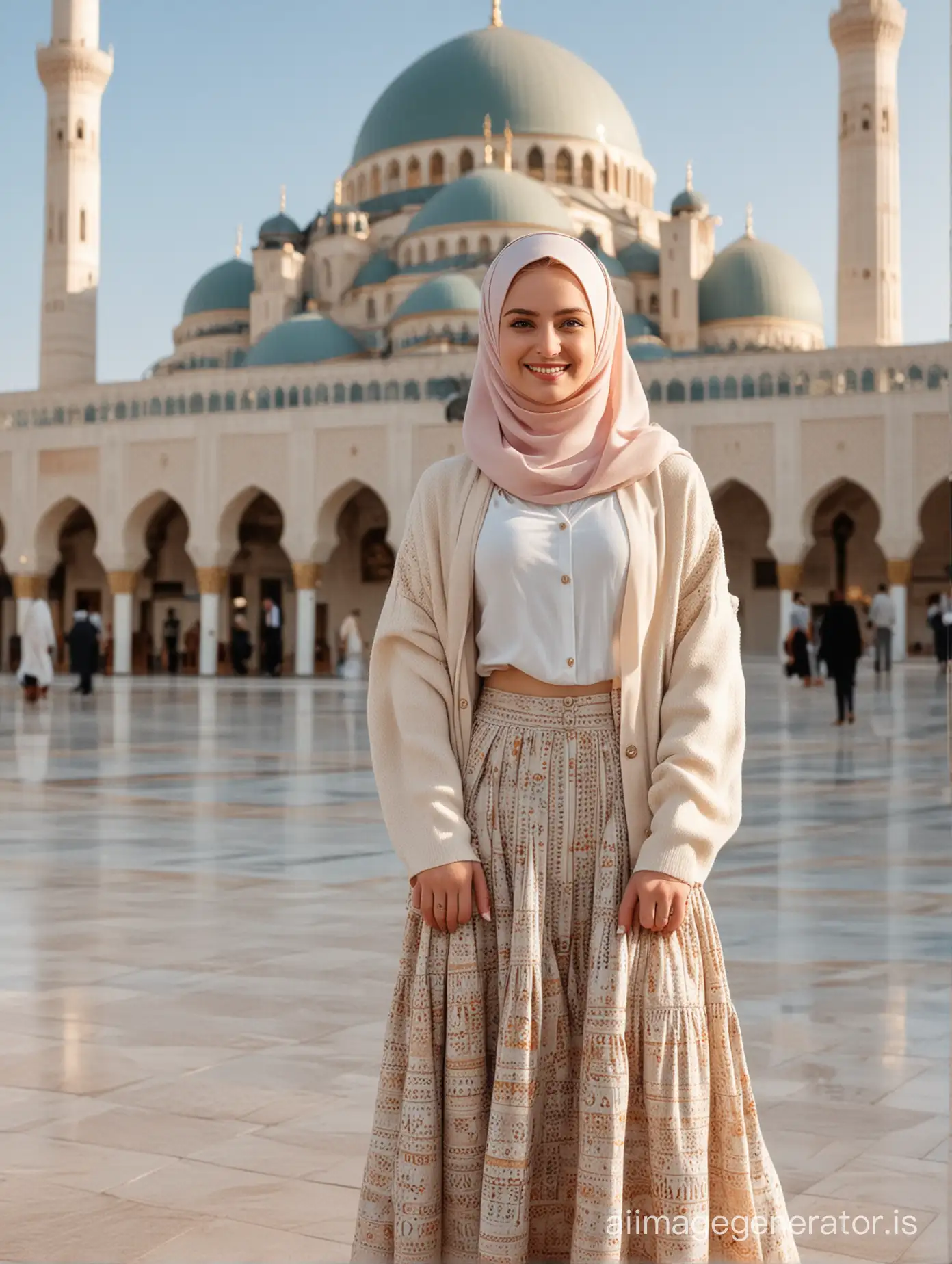

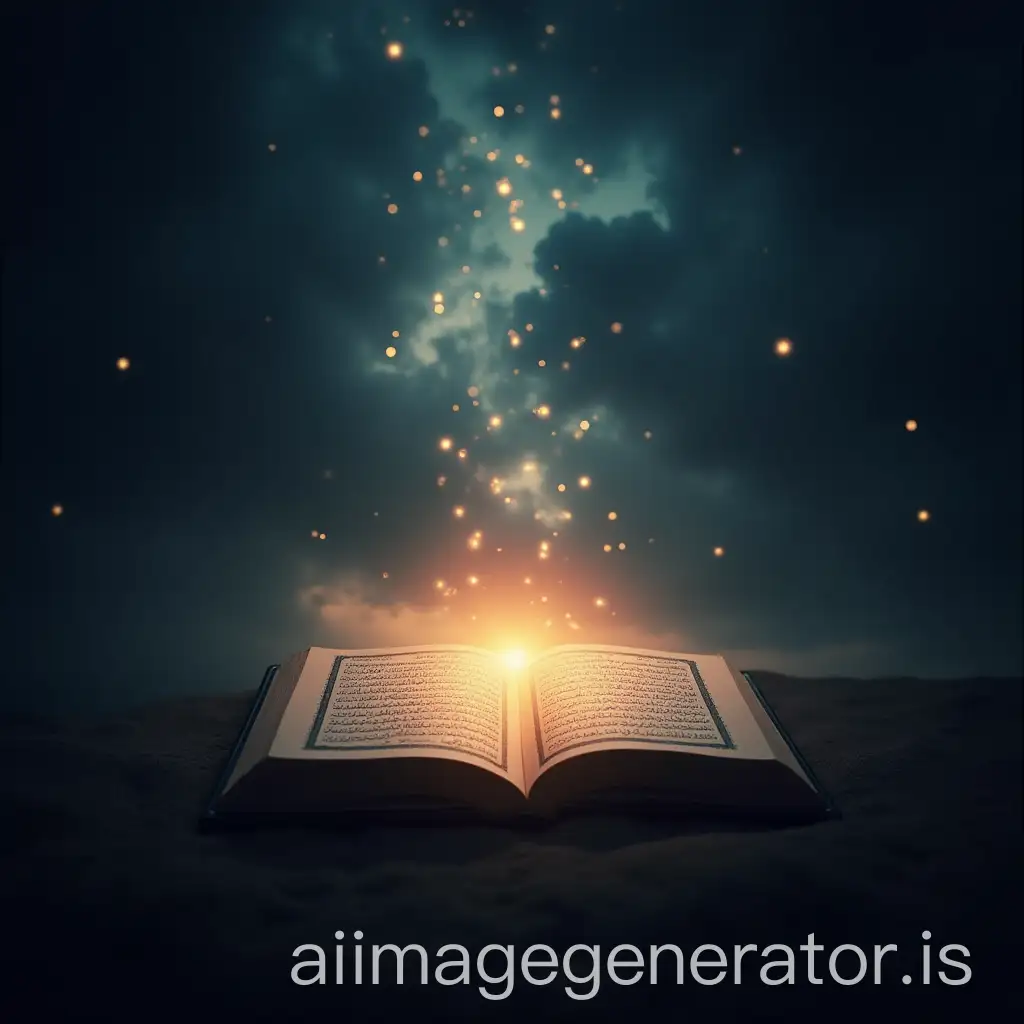
Related Tags
Islamic art encompasses visual arts produced from the 7th century onward by people who lived in territories inhabited or ruled by culturally Islamic populations. It includes a wide variety of art forms, such as architecture, calligraphy, painting, and textiles. Islamic art often features intricate patterns, geometric designs, and calligraphy, reflecting the spiritual and cultural values of the Muslim world. It is characterized by an emphasis on decorative beauty and the use of vibrant colors and complex patterns to convey religious and philosophical ideas.
Understanding Islamic Art and Its Significance
Islamic art is renowned for its distinctive features, including intricate geometric patterns, arabesques, and calligraphy. These elements are used to create stunning visual compositions that are both aesthetically pleasing and spiritually meaningful. The art is often applied in various contexts, such as mosque decorations, manuscript illuminations, and everyday objects like pottery and textiles. The use of aniconism, the avoidance of figurative imagery, is prevalent in Islamic art, focusing instead on abstract and vegetal motifs that symbolize the infinite nature of creation.
Characteristics and Applications of Islamic Art
Notable Islamic artists have made significant contributions to the art world. For example, Kamal al-Din Bihzad, a Persian painter, is celebrated for his exquisite miniature paintings that depict detailed scenes of everyday life and historical events. Another influential figure is Mimar Sinan, an Ottoman architect who designed many iconic buildings, including the Süleymaniye Mosque in Istanbul. These artists have left a lasting legacy, inspiring countless others and shaping the development of Islamic art through their innovative techniques and unique styles.
Influential Islamic Artists and Their Contributions
Islamic art has had a profound influence on modern culture and design, evident in various fields such as architecture, interior design, and fashion. Contemporary designers often draw inspiration from traditional Islamic patterns and motifs, incorporating them into modern aesthetics. This fusion of old and new creates a unique style that resonates with people across different cultures. Additionally, the principles of balance, symmetry, and harmony found in Islamic art continue to inspire artists and designers, promoting a deeper appreciation for the rich artistic heritage of the Muslim world.
The Impact of Islamic Art on Modern Culture and Design